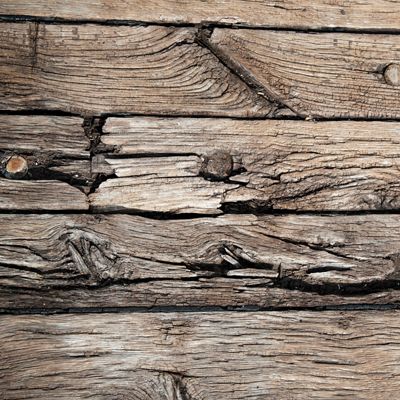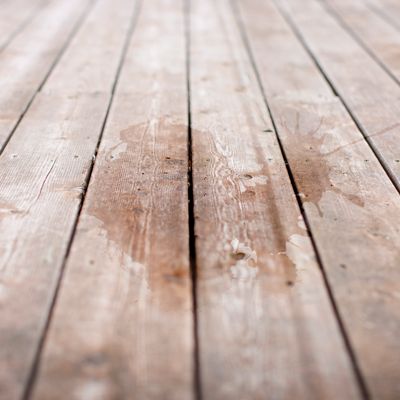Trex® Composite Deck Boards vs. Timber
The Hassle-Free Alternative To timber Decking
When you examine all the benefits that Trex® composite decking has to offer, a timber deck begins to feel like signing up for a second job. Unlike timber decks with all their maintenance requirements, Trex composite decking has superior durability, aesthetics, and requires very little maintenance. Factor in material consistency, long-lasting performance, and low-cost options on par with traditional timber, and composite decking has never been more appealing. Let’s review why Trex composites leave timber in the dust.
The hassles that come with timber
Redtimber, Pressure-Treated Lumber and Cedar

Needs seasonal painting, staining or sealing

Becomes a safety hazard when it rots, splits and splinters

Fades and stains easily, showing every spill and scuff

Insects can cause extensive structural damage

Contributes to deforestation, cutting down trees that local wildlife depend on for food and shelter
Cost of Trex Decking vs. Wood
The initial investment to build a new deck depends on the size of the deck and its configuration, cost of materials and installation costs. Labour is typically a third of the total cost of the entire project. To receive a quote from a builder in your area, try our Find a Builder tool on trex.com.
Since deck installation and labour costs vary from region to region, let’s compare the price of materials. Normally, a pressure-treated pine deck is your cheapest option, with material costs between $44 to $50 per square metre. Cedar, redwood or other exotic hardwoods cost more. With the cost of composite deck boards ranging from about $215 to $265 a square metre*, composites will run higher than pressure-treated lumber but less expensive than the higher-priced wood options. Keep in mind material costs increase with the addition of railings, lighting, benches and other deck features. Use our composite decking Cost Calculator for an estimated materials cost of your deck.
But don’t overlook the long-term costs. While the initial investment for a pressure-treated wood deck is less than that of a composite deck, a Trex deck saves you money in the long run because it lasts longer and requires less maintenance. Maintaining a wood deck with regular sanding, staining and sealing adds significantly to the overall cost.
For example, material for a 3m x 4m deck made of pressure-treated lumber costs about $2,100. When you add maintenance costs for painting, staining and sealing over 25 years, the long-term cost rises to about $12,000.
Conversely, a 3m x 4m deck made of Trex Transcend® has a long-term cost of only about $3,500. Because Trex composite decking never needs sanding, staining or sealing and only requires a simple soap and water cleanup, Trex will look vibrant for decades and perform in year 25 as well as it did when it was installed. Compare costs between wood and the three Trex composite decking collection with the Trex comparison tool and see for yourself how much less Trex costs than wood over the life of a deck.
This content was partially or fully generated by AI and has been reviewed by our team to ensure accuracy and relevance.

































